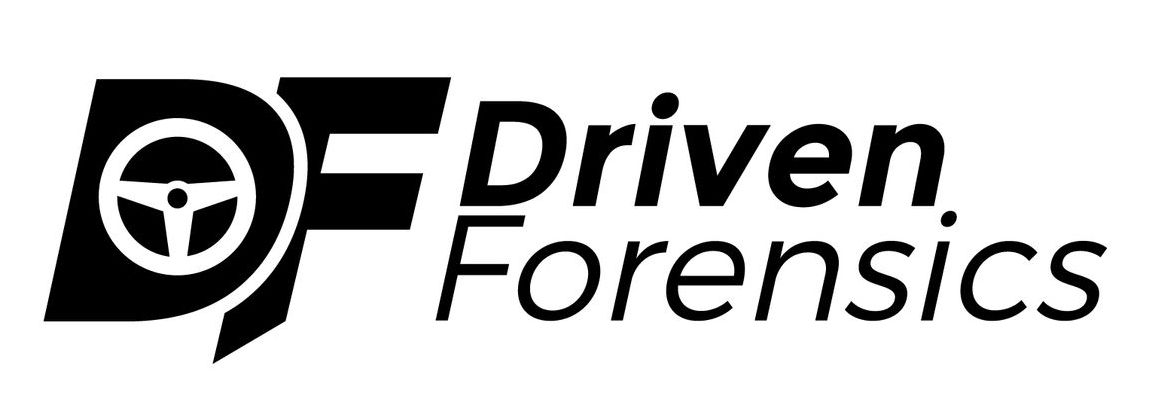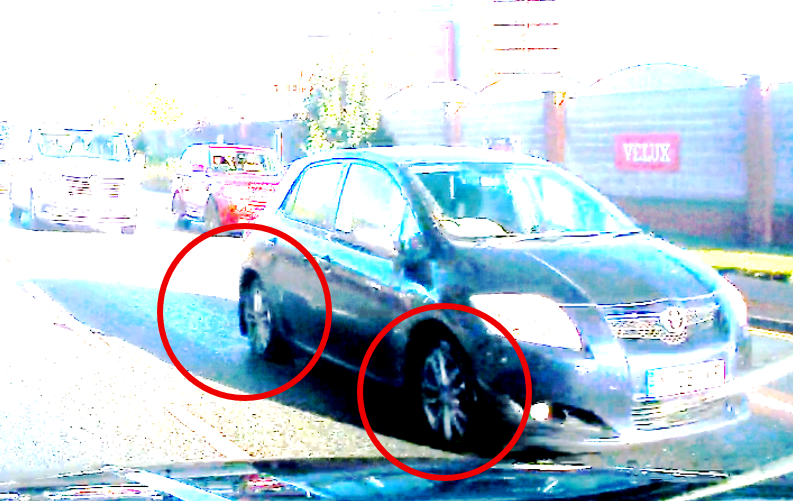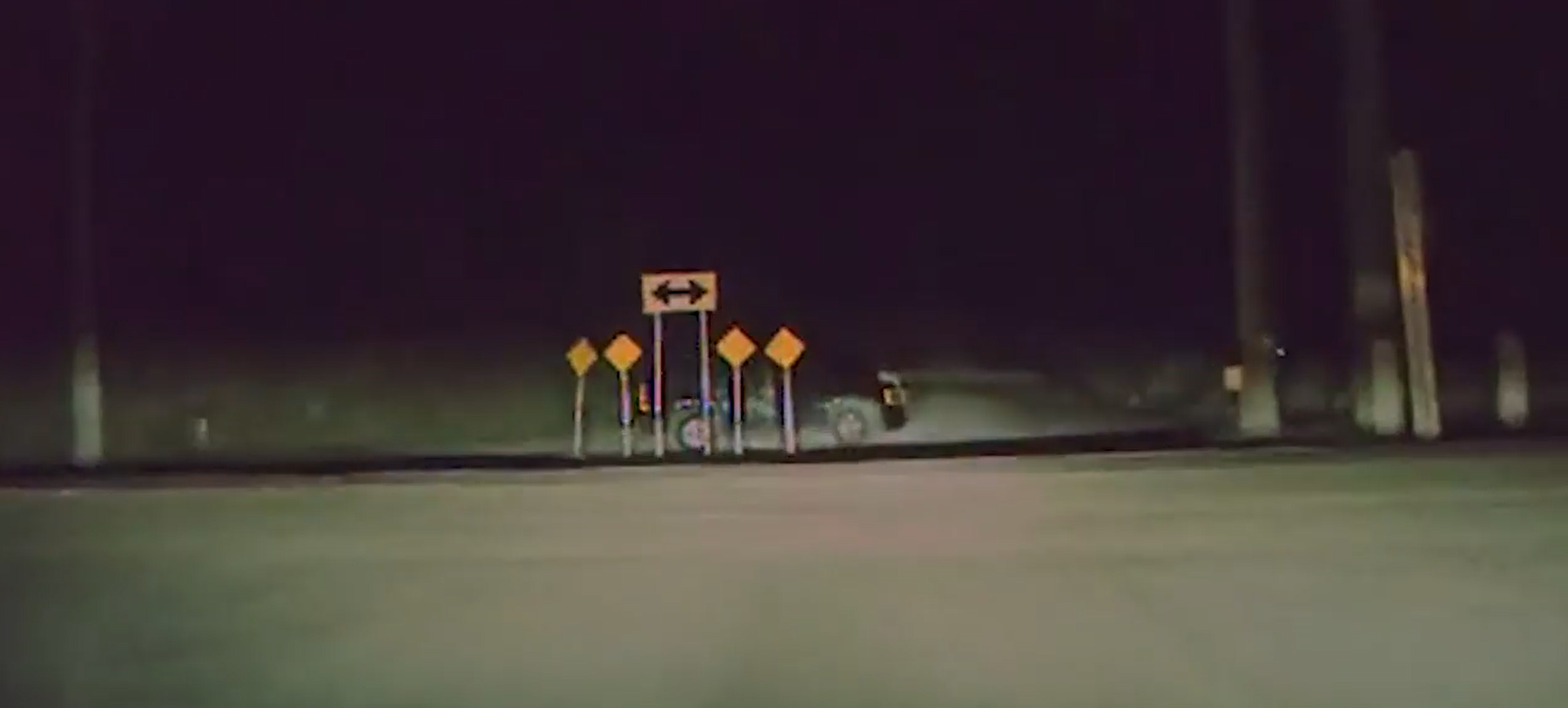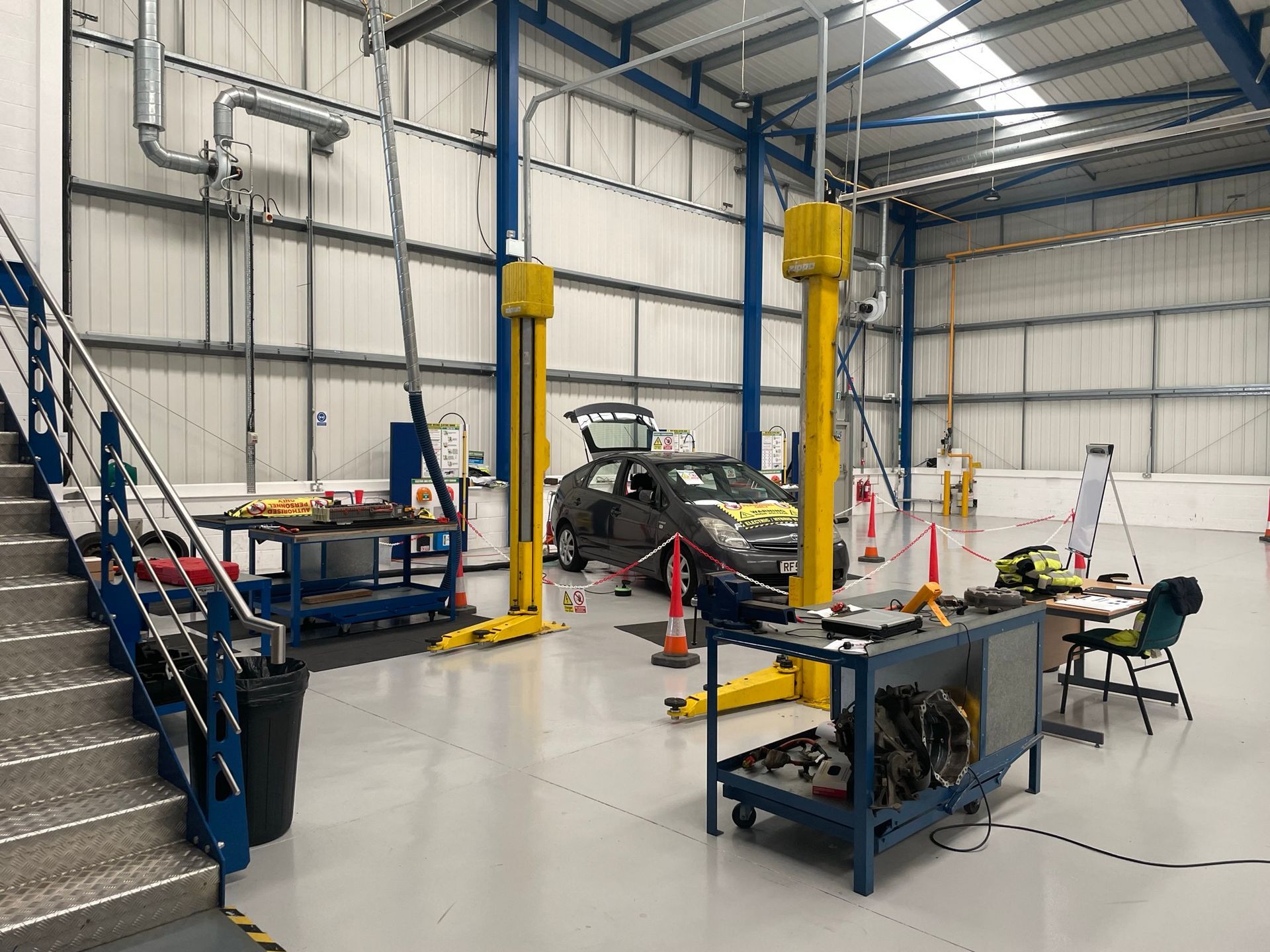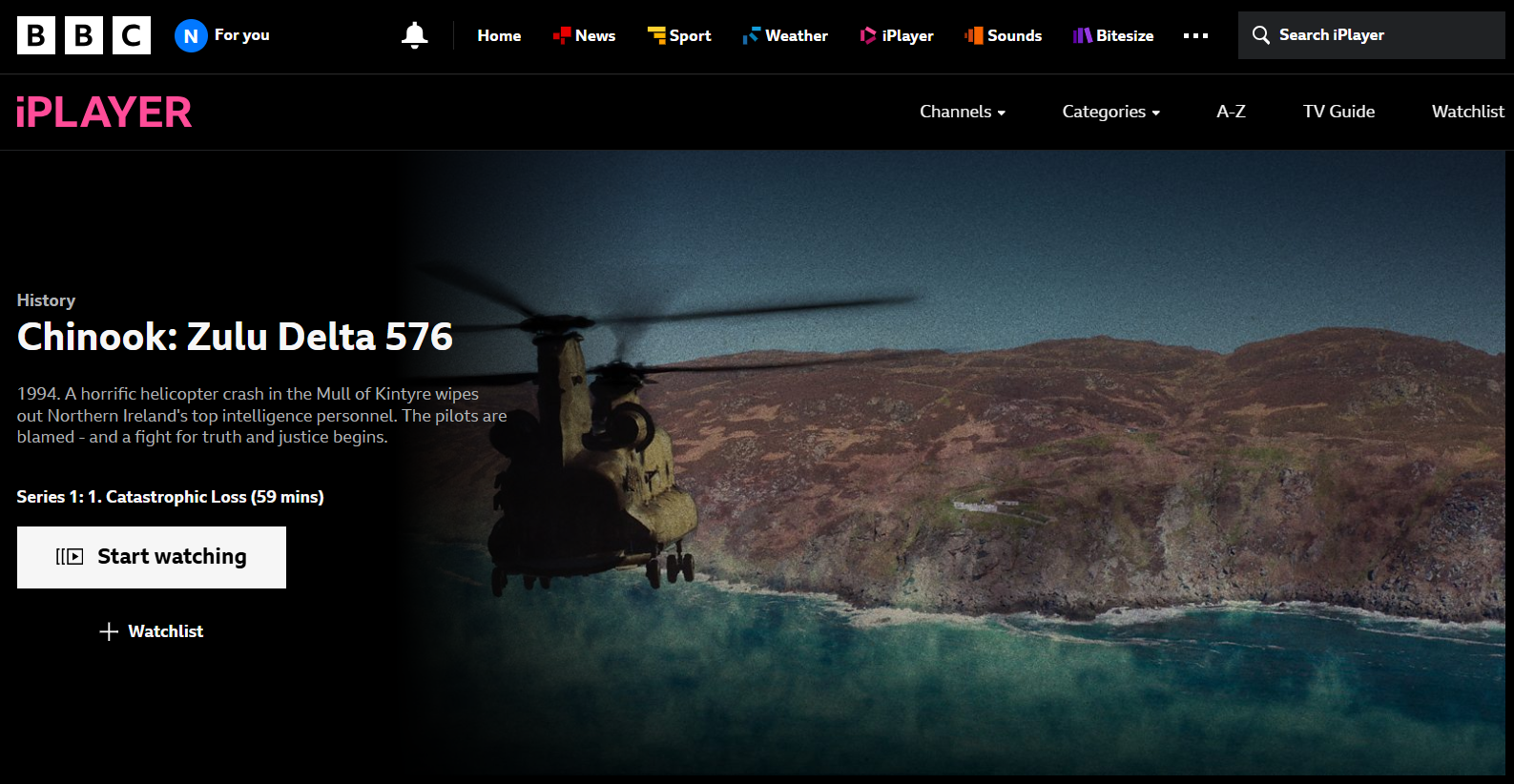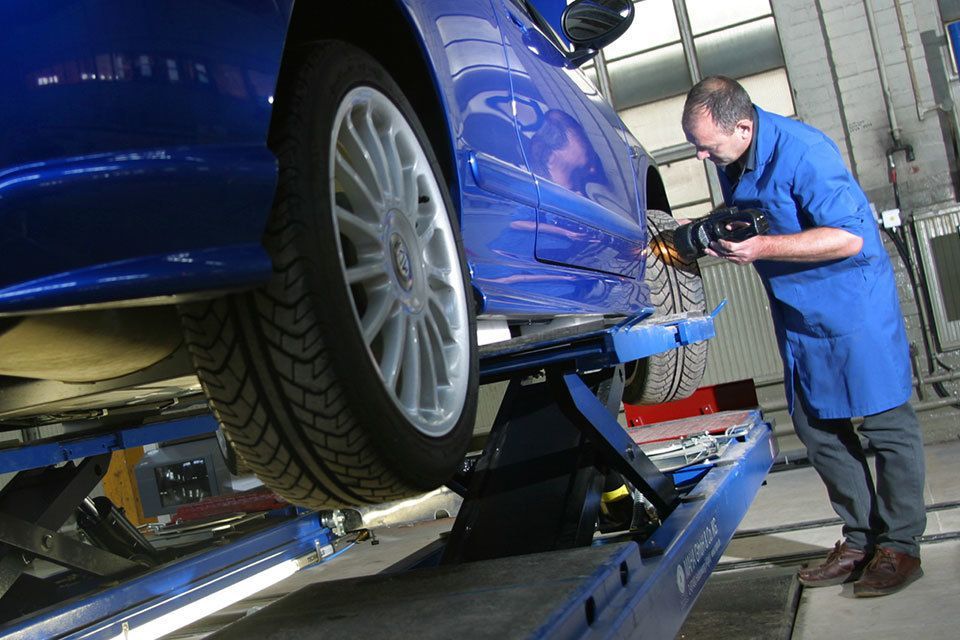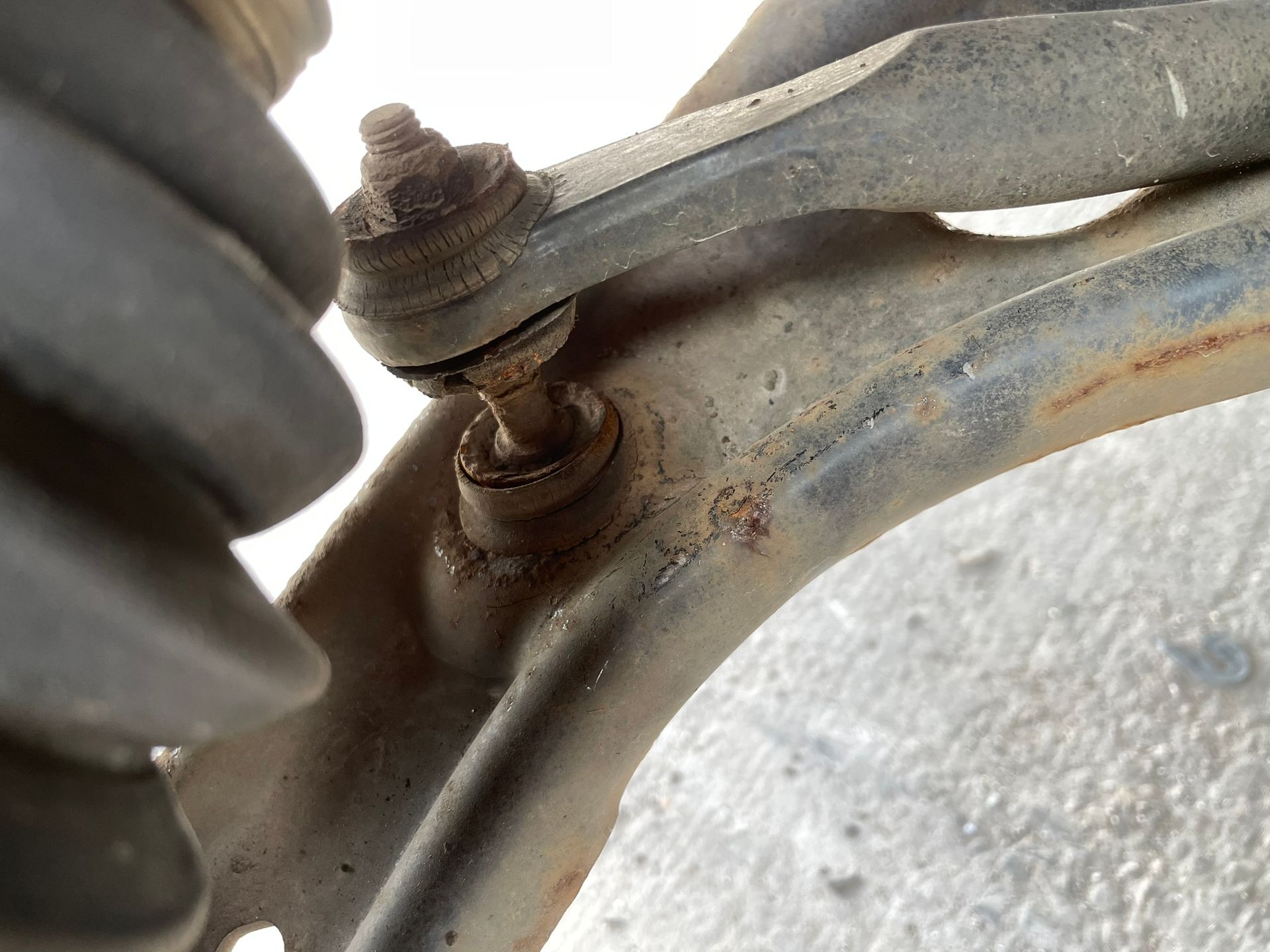Forensic Tools of the Trade: Spotlight on Freeze Frame Data
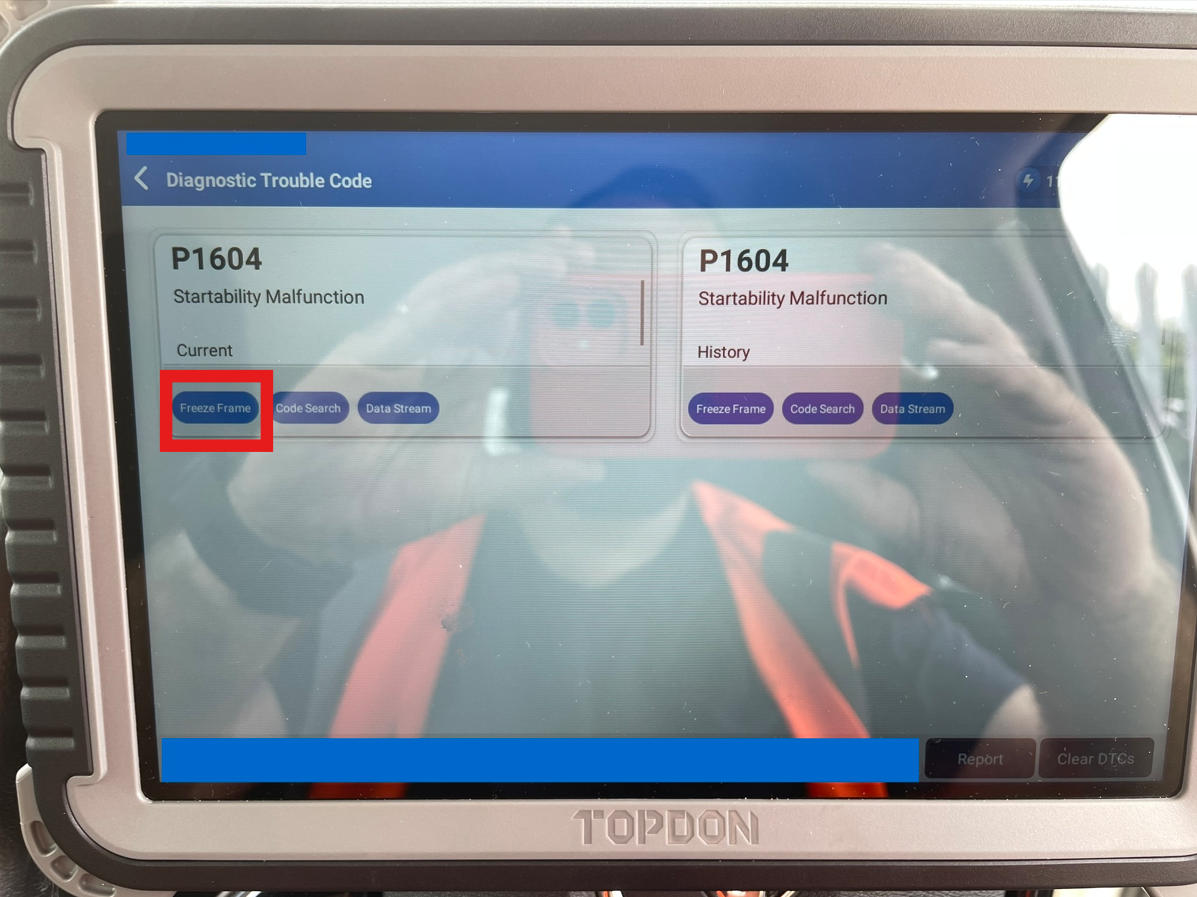
After this post, I hope you will look at a vehicles fault codes in a different light, because not only can they might be able to tell you more than just what faults exist with the vehicle.
But first, have you ever heard of freeze frame data, and if so, in what context have you heard it used? Let me know.
What is freeze frame data? When you visit your doctors with a problem, they ask you a range of questions, some of which involve asking what you were doing at the time the problem first arose. Freeze frame data, is the car equivalent of those questions.
Modern cars are awash with computers and sensors, which makes them complex machines to repair and maintain. Where your vehicles sensors detect a fault, they also record freeze frame data, to provide the repairing technician with context about what the vehicle was doing at the time. Sometimes that data is useful to technicians and sometimes not.
But in collision reconstruction, it can be invaluable.
The amount of data recorded and the type of data depends on the manufacturer and what equipment you are using to read the fault code information, but here are two examples where data might be useful.
The first is the easiest. The freeze frame data has recorded a speed, which is vastly over the speed limit and is supported by the physical damage to the car. Not only can you determine from the damage it was a high speed impact, the freeze frame data may well be able to tell you exactly how much over the speed limit the vehicle was. Knowing a vehicles actual speed can also allow stopping distances to be determined and other invaluable calculations.
The second is the order of the collision. Where there is contradictory information as to which side the impact occurred from, the freeze frame data might be able to help. For example, where a mass air flow sensor records a fault first (located on the left side of the vehicle), followed by an injector (located in the centre of the engine bay). The data might suggest the impact was left to right in direction.
In addition, think about the collisions involving multiple vehicles. In a three vehicle collision, it is clear all vehicles have collided with the car in front (except the first vehicle), but what is less clear, is who hit who first. With more technology being found in and around bumper covers, a slightly different time stamp attributed to faults, might enable to you to determine the order of the collisions.
Still think freeze frame data has no use in collision reconstruction?
